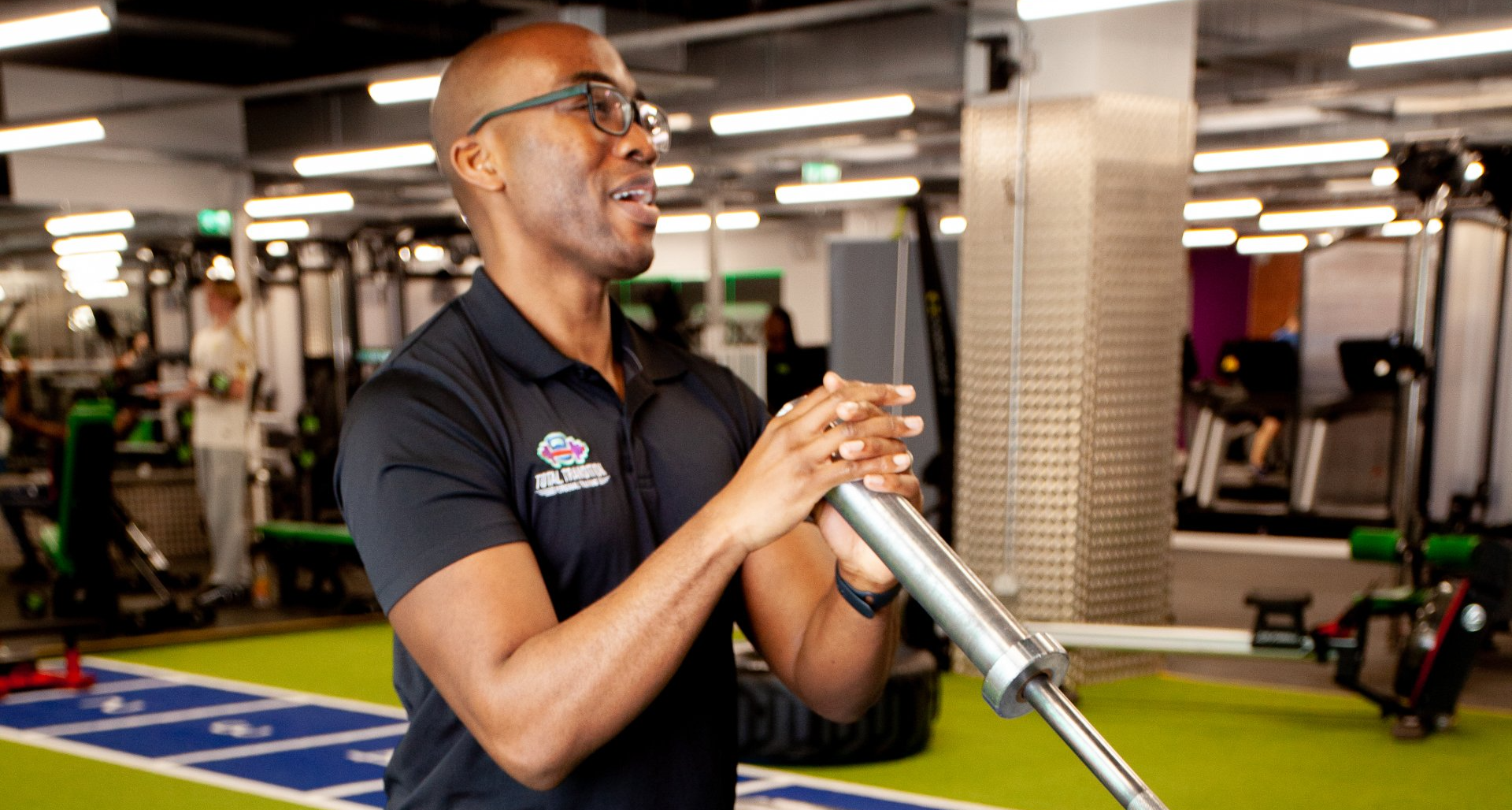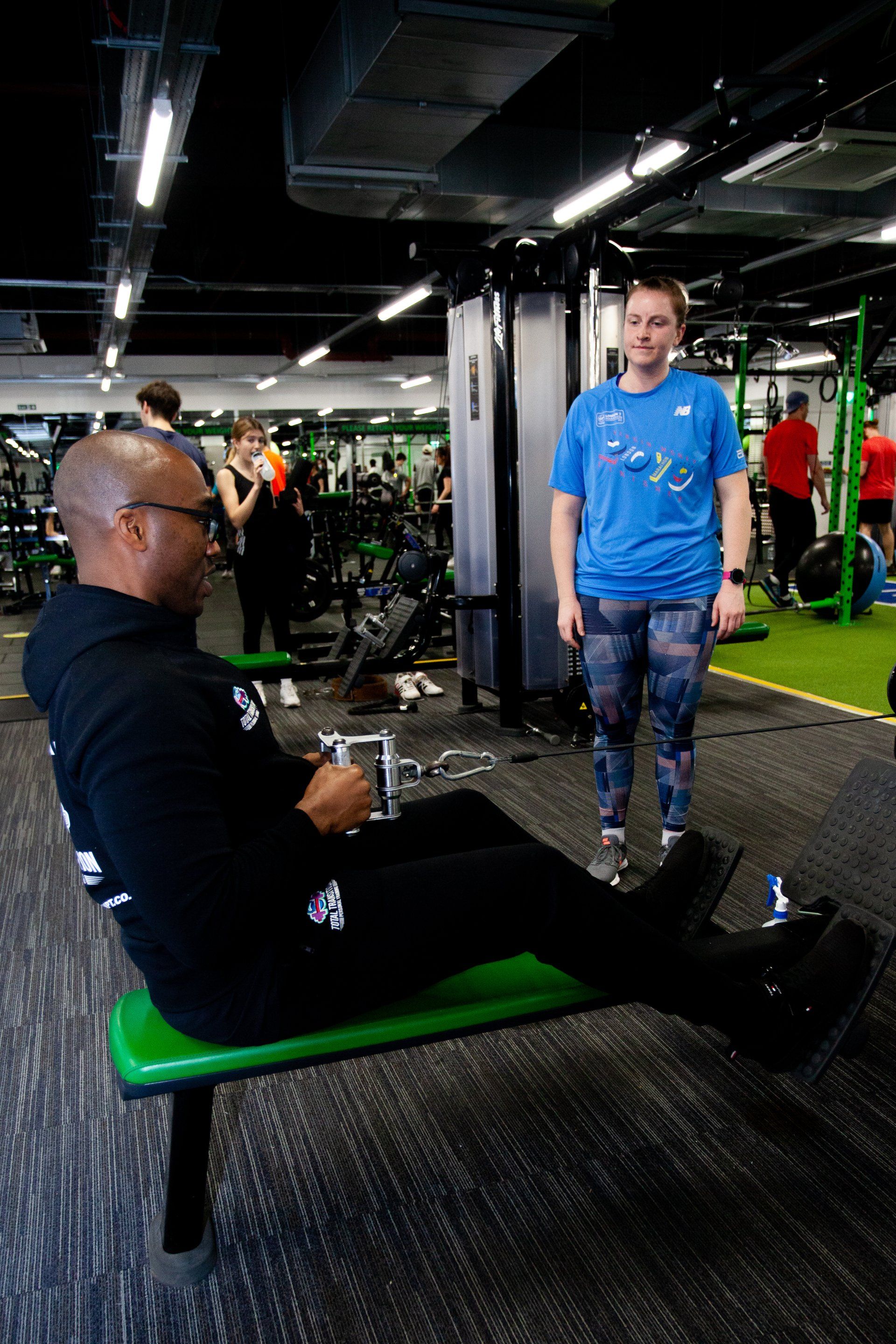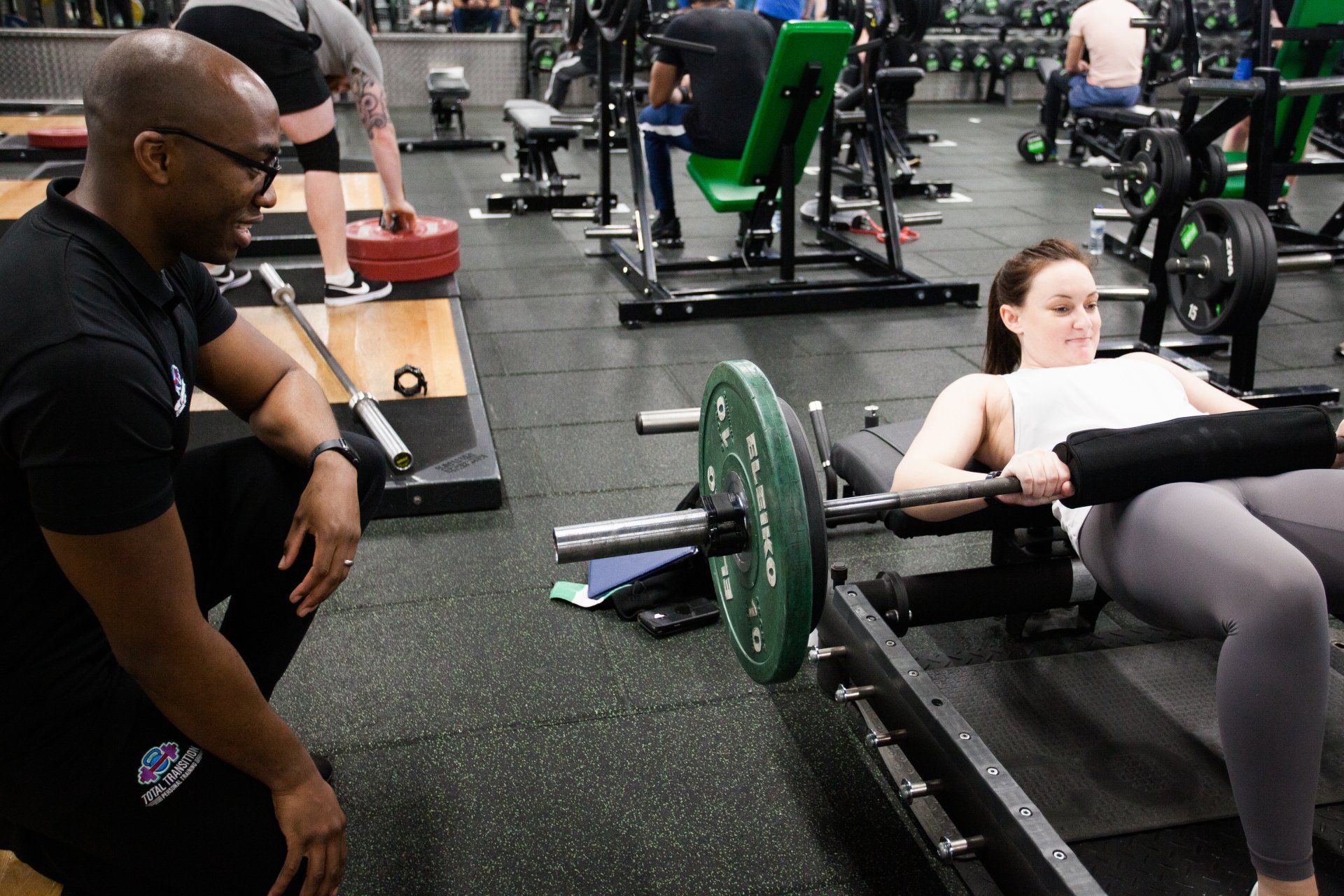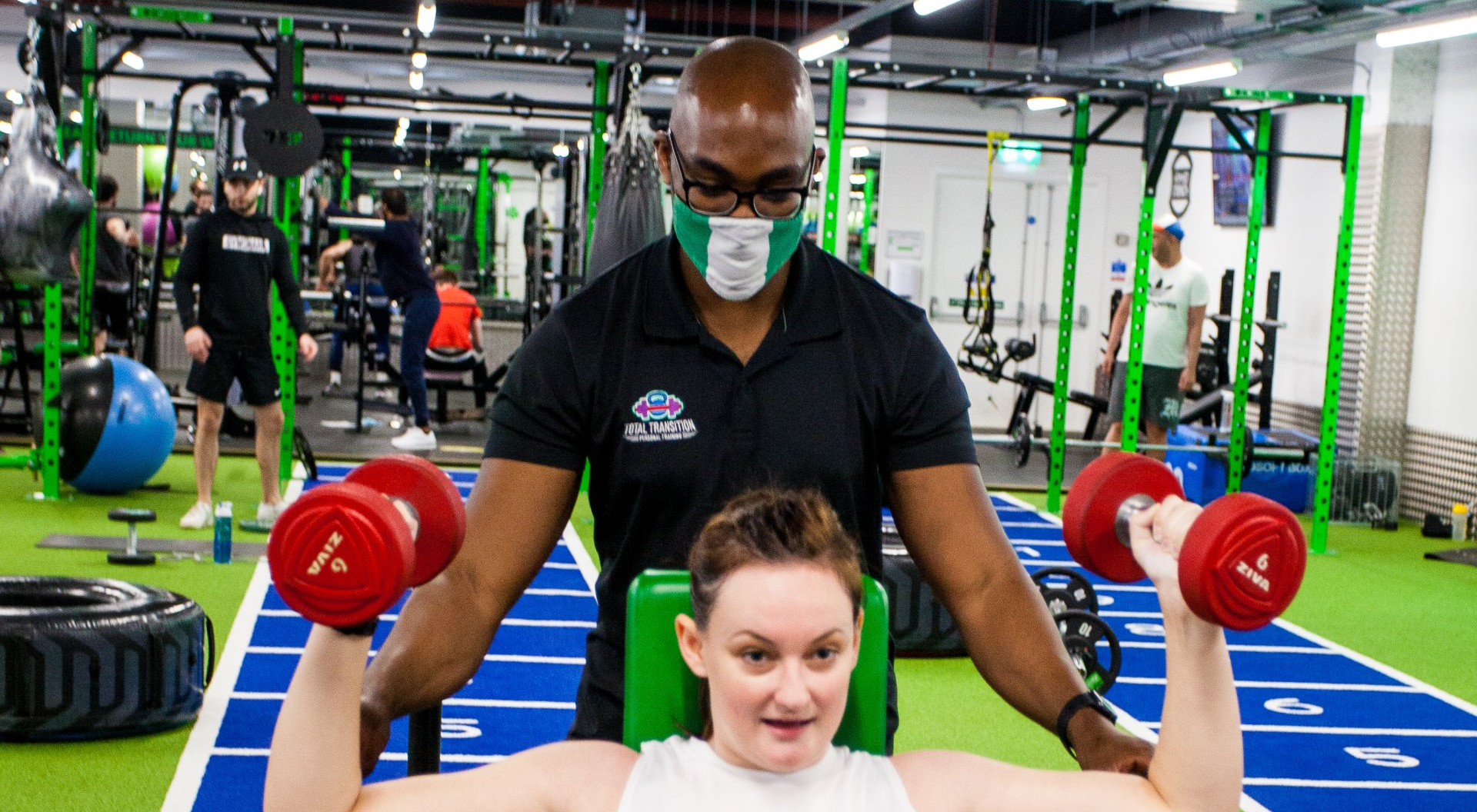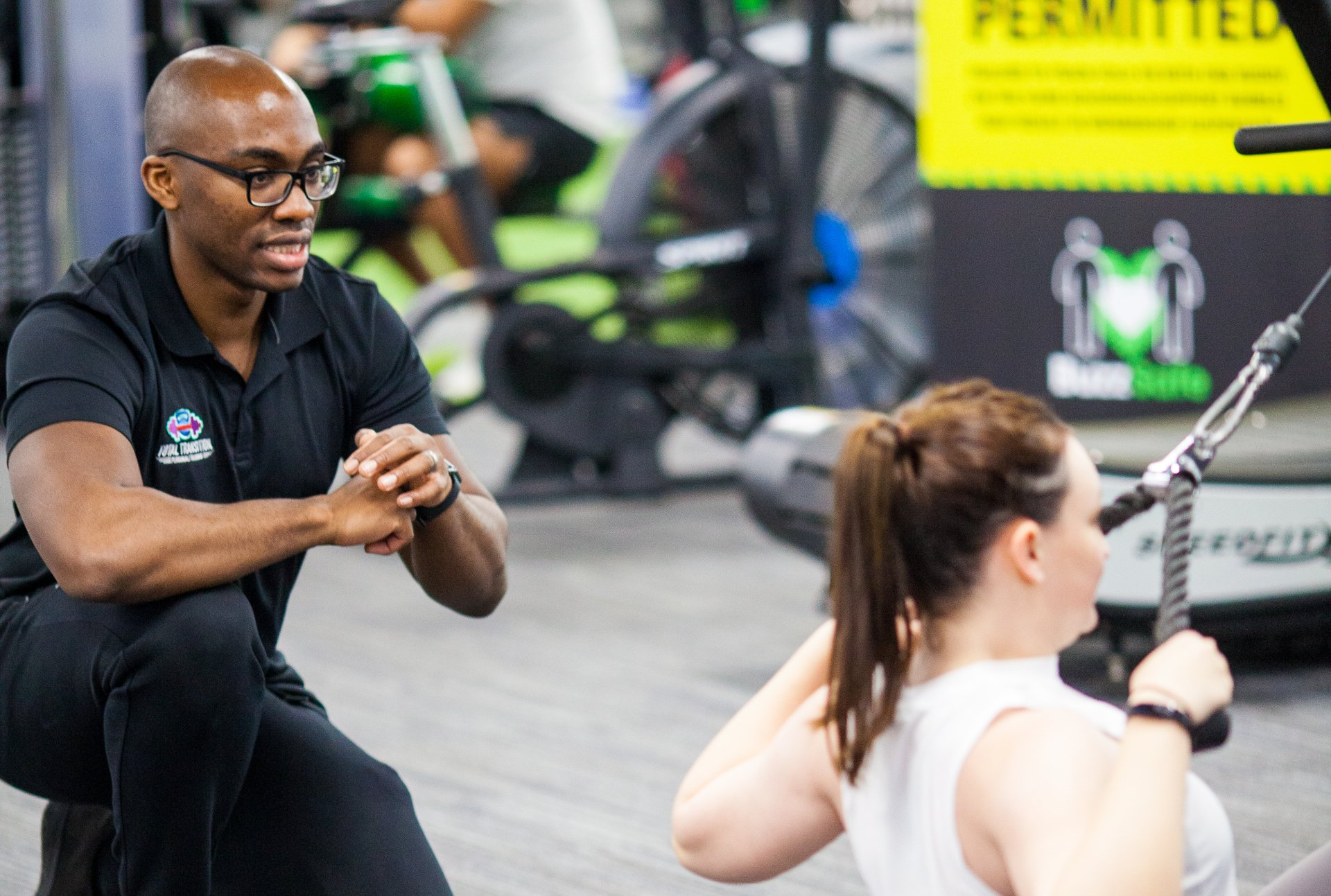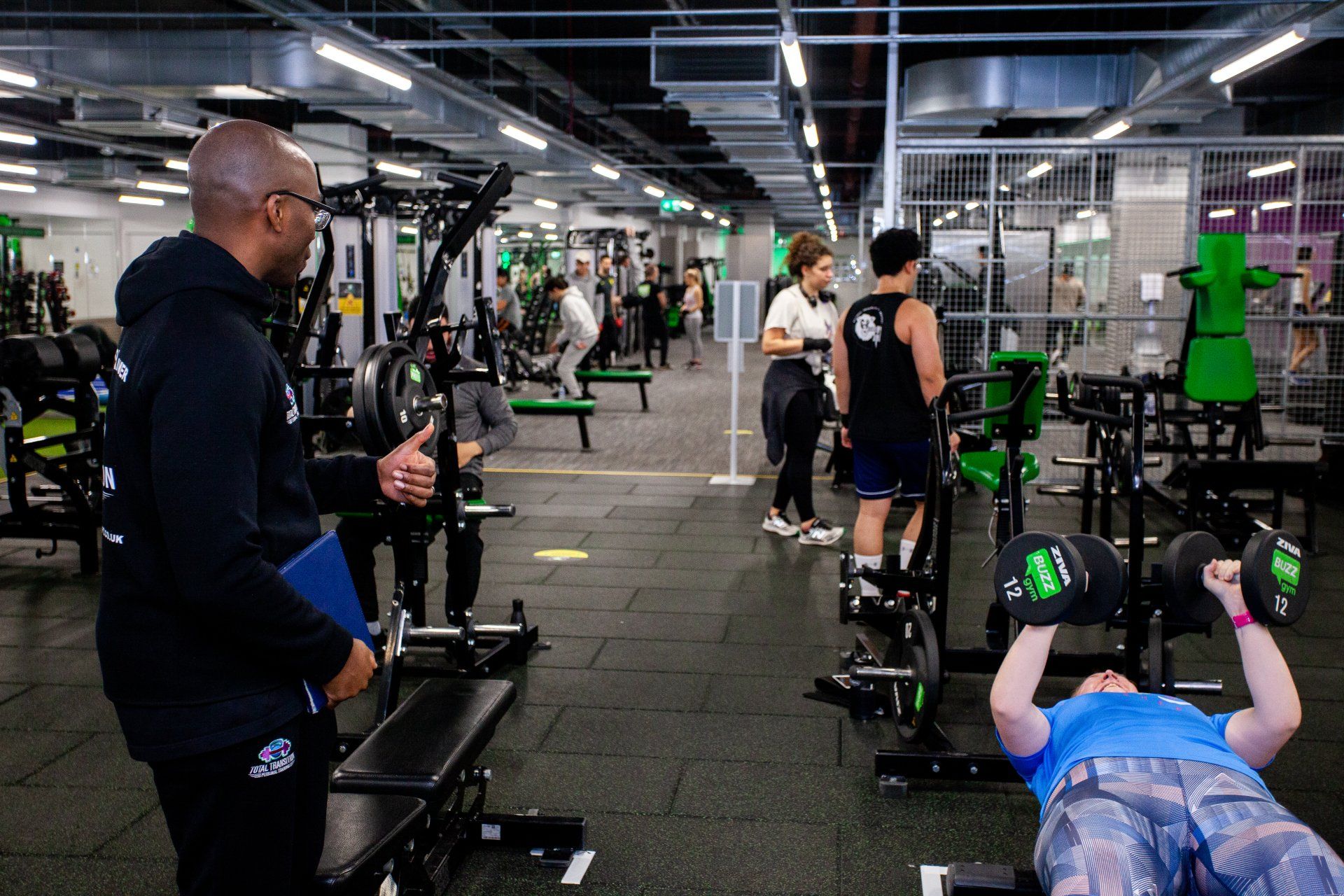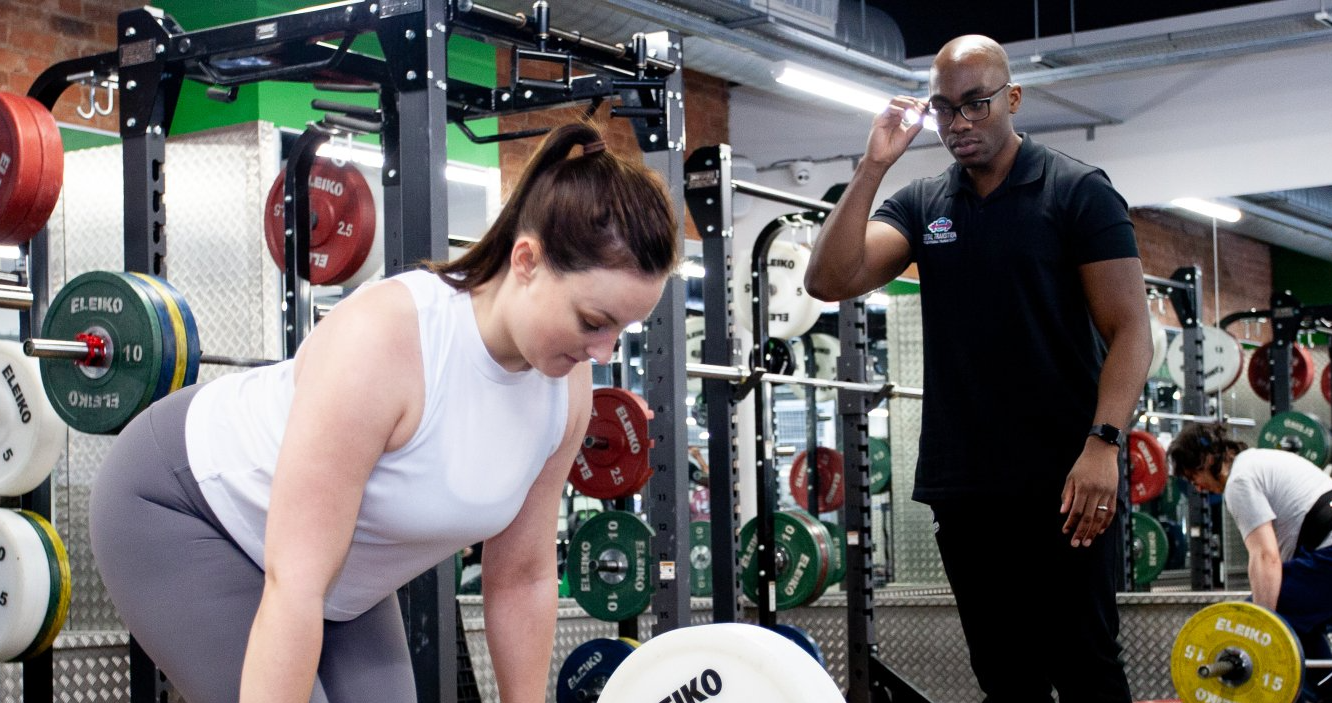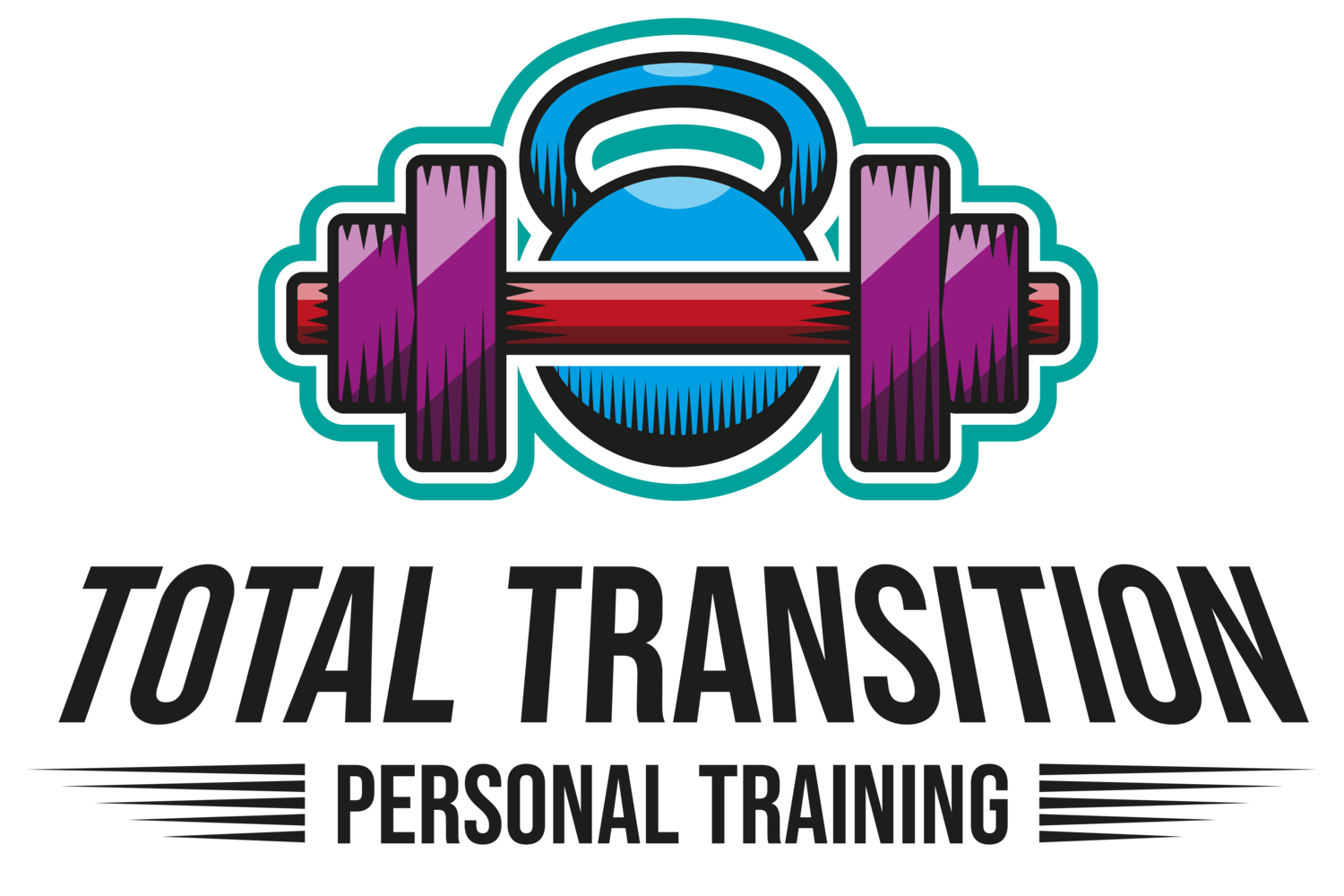Tempo Explained
2011
You may or may not have seen those numbers above in your programme, but what do they mean or relate to? Read on below to learn more about tempo, muscle contractions and how you can apply this to your own training.
Time Under Tension (TUT)
This is the amount of time a muscle or muscle group is under load during an exercise set. Different TUTs can bring about different results. If you’re looking to increase muscle mass, a TUT of 30-40 seconds will do the trick. If your goal is to lose fat, then a TUT of 40-80 seconds will work also.
We’ll use the BICEP CURL exercise as our example here. Our muscles do 2 actions, they contract or relax.
When you bend your elbow, the bicep muscle contracts and shortens. This is called a Concentric Contraction.
When you extend your elbow, the bicep muscle relaxes and lengthens. This is called an Eccentric Contraction.
So, we’ve established that muscles contract/shorten and relax/lengthen.
In strength training the most amount of muscle damage occurs in the eccentric phase (the lengthening phase). Now you’re probably thinking this is probably a bad thing but it’s not. For a muscle to grow, exercise induced muscle damage needs to occur to grow muscle tissue and the most amount of muscle damage occurs in the eccentric phase of any exercise. Therefore, it’s important to take advantage of this when strength training.
“Tobi, what do those numbers have to do with tempo?” I’m glad you asked! We’ll use the 4 numbers at the top [2011] to explain.
1. The first number you see is the ECCENTRIC PHASE (the lengthening phase). This part of the move focuses on lowering the weight against gravity.
2. The second number is how many seconds you spend in the eccentric phase.
3. The third number is the CONCENTRIC PHASE (the shortening phase). This part focuses on pushing/pulling the weight against gravity.
4. The fourth number is how many seconds you spend in the concentric phase.
So, using the bicep curl example from earlier, if we use the 2.0.1.1 tempo this means that we spend:
· 2 seconds lengthening the muscle (extending the elbow)
· 0 seconds in the lengthened position (0 time spent at the bottom of the move)
· 1 second shortening the muscle (bending the elbow)
· 1 second in the shortened position (squeezing the bicep for 1 second at the top of the move)
It’s important to know that eccentric loading of muscles has been shown to increase the feeling of soreness after a workout, also known as DOMS (Delayed Onset of Muscle Soreness). This is the pain/soreness that can be felt anywhere from 0-72 hours after a training session. Beginners will feel a lot more soreness compared to someone who has been training longer. Your body will adapt to the training so it may feel painful for now, but you’ll recover much better and feel less sore the more you train.
And if you don’t feel sore after a workout, that’s also fine. Soreness isn’t the best indicator of a good workout. Even if you finish a workout and you’re not sore, that doesn’t mean your body hasn’t worked, it has! It just means you’re benefiting from the muscular adaptations that occur when doing strength training.
Tempo training will allow you to feel muscles working properly, allow you to focus on your technique and allow you to build the strength needed to achieve your body goals.
So now the idea of Tempo should make sense and all that’s left to do is apply this to your own training next time out.
If you have any questions on this topic, the comments section on this blog is turned on so don’t hesitate to ask and I’ll respond as soon as I can.

